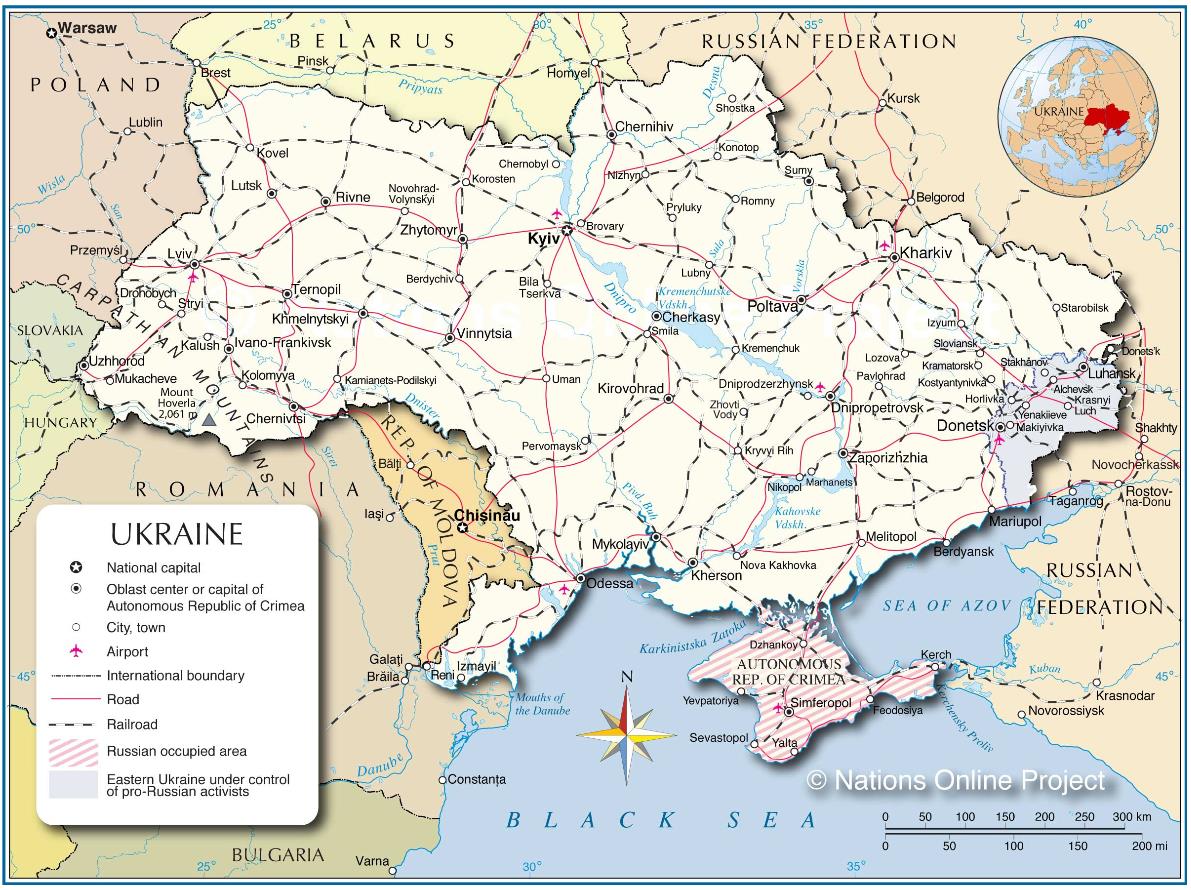Export from Ukraine. Analysis of exports of goods transported by rail through land crossings in 2023.
The Ukrainian economy found itself in a situation where millions of people left the country, hundreds of thousands of able-bodied citizens were mobilized to the front, and tens of thousands of enterprises were forced to stop working.
At the moment, the Ukrainian economy is formed by:
- military-industrial complex (39.33%) ,
- construction (1.64%),
- service sector (15.79%),
- agriculture (12.53%),
- trade (11.82%),
- taxes (18.89%).
According to a World Bank report, in 2023, every fifth company in Ukraine faced destruction, while 70% of businesses lost income; on average, the income of enterprises fell by half compared to 2021. The industry most affected by the war is metallurgy, which lost more than 60% of its capitalization.
Ukraine’s balance of payments at the end of 2023 was positive, but this is due to external lending – $42.5 billion was received from Western countries during the year, 25% of which was grant support. From February 2022 to November 2023, the allied states announced military, financial, and humanitarian aid worth 255 billion euros (data from the Kiel Institute), of which almost 100 billion was military aid.
The total aid amounted to about 85% of GDP annually. During 2022-2023, aid arrived rhythmically and on time. In fact, as of 12/15/2023, the state budget received $70.6 billion of grant and credit aid. In general, Ukraine is experiencing “extremely high uncertainty” in the issue of funding.
The World Bank predicts a slight recovery for the Ukrainian economy after falling by more than 30% in 2022. GDP growth of 5% for 2023 is associated with significant state budget expenditures. However, the decline relative to the pre-war period remains significant – about 25%. Thanks to the sufficient flow of international assistance, the timely implementation of a fixed exchange rate and foreign exchange restrictions, it was possible to maintain currency stability and even replenish foreign exchange reserves to a record level – more than 5 months of imports or almost 39 billion dollars. as of December 1, 2023.
However, the state of currency equilibrium remains unstable. The main risk is a gigantic negative trade balance – $31 billion. based on the results of 10 months of 2023, primarily due to the growing needs of the economy for imports, the blocking of Ukrainian exports, and problems with the return of foreign currency earnings.
Ukraine’s trade turnover in 2023 amounted to $99.4 billion, with a predominant advantage in the direction of imports: goods worth $63.5 billion were imported into the country and $36 billion were exported (a drop in exports of 18.7% reached a minimum in the last 20 years), According to the State Statistics Service, Ukraine had a smaller volume of exports only in 2005 – $34.2 billion.
As of June 2023, there are 14 border railway crossings connecting Ukraine with five countries: Poland, Slovakia, Hungary, Romania, and Moldova.
In general, the existing Ukrainian border railway crossings can transport 3,422 cars daily, which is about 220 thousand tons. However, due to the congestion of the junctions by only 50%, the volumes are significantly less. Ukrzaliznytsia transfers an average of 1,750 cars across all junctions. The highest figure for the last year was about 2000 wagons.
For 8 months of 2023, goods worth $4,180.83 million were exported through land customs crossings of Ukraine by rail. The USA. The goods traveled to 84 of 247 partner countries, through 22 of 25 existing customs offices, and 32 of 59 railway customs checkpoints and control points in the country. Let’s consider the largest export region in terms of volume, Ukraine—the European Union.






